HOW TO DO ECOMMERCE SEO RIGHT
E-commerce SEO requires a strategic approach that addresses the unique challenges of online stores. This guide outlines proven tactics to improve your e-commerce site’s visibility and drive targeted traffic.
Technical SEO Foundations
Site Structure Optimization
- Implement a logical category hierarchy (max 3 levels deep)
- Create clean, readable URLs (example.com/category/product-name)
- Ensure mobile responsiveness with fast loading times
- Set up proper canonical tags to prevent duplicate content issues
Page Speed Improvement
- Compress and optimize product images
- Implement lazy loading for media files
- Minimize HTTP requests
- Use browser caching effectively
- Consider a CDN for global audiences
Product Page Optimization
Keyword Research & Implementation
- Research product-specific keywords using tools like Ahrefs, SEMrush, or Google Keyword Planner
- Identify long-tail keywords with purchase intent (e.g., “waterproof hiking boots with ankle support”)
- Include keywords naturally in:
- Product titles
- Meta descriptions
- H1 and H2 headings
- First paragraph of product descriptions
- Alt text for images
Creating Compelling Product Content
- Write unique product descriptions (avoid manufacturer copies)
- Include detailed specifications and measurements
- Address common customer questions in the description
- Use benefit-focused content that solves customer problems
Rich Snippets & Structured Data
- Implement product schema markup (price, availability, reviews)
- Add review schema to display star ratings in search results
- Include FAQ schema for product pages with questions and answers
Category Page Optimization
- Create unique content for each category page
- Include relevant keywords in category page titles and descriptions
- Add filters and sorting options to improve user experience
- Implement breadcrumb navigation with schema markup
Content Marketing Strategy
Educational Content
- Develop buying guides for product categories
- Create how-to content related to your products
- Publish comparison articles between related products
- Perhaps rope in some influencers to do influencer marketing
Blog Integration
- Maintain a regular posting schedule on relevant topics
- Link naturally to product pages from blog content
- Target informational keywords related to your products
Internal Linking Structure
- Link between related products (“You might also like”)
- Create links from category pages to top products
- Implement breadcrumb navigation throughout the site
- Use descriptive anchor text for internal links
User Experience Factors
- Optimize site search functionality
- Implement faceted navigation for easy filtering
- Ensure intuitive navigation menus
- Design for mobile users first
Conversion Optimization
- Include clear CTAs on all pages
- Display trust signals (security badges, reviews)
- Simplify the checkout process
- Implement exit-intent popups strategically
Monitoring & Analytics
- Set up enhanced e-commerce tracking in Google Analytics
- Monitor product performance by search visibility
- Track and improve conversion rates for organic traffic
- Analyze search terms from internal site search
Common E-commerce SEO Challenges
Managing Out-of-Stock Products
- Keep URLs live with “back in stock” notification options
- Link to similar products or categories
- Provide clear information about availability
Seasonal Product Strategy
- Use 301 redirects for discontinued products
- Implement a content calendar for seasonal promotions
- Update meta information for seasonal changes
Advanced E-commerce SEO Tactics
Voice Search Optimization
- Include conversational phrases in product content
- Answer specific questions about products
- Optimize for local “near me” searches if applicable
International SEO
- Implement hreflang tags for multi-language stores
- Consider country-specific domains or subdirectories
- Optimize currency and shipping information by region
By implementing these strategies systematically, e-commerce stores can improve their search visibility, drive qualified traffic, and increase conversions. Remember that SEO is an ongoing process requiring regular monitoring and adjustment based on performance data and search engine algorithm updates.
Optimize Your Title Tags and Meta Descriptions
A title tag is the web page’s title while meta descriptions are ones that appear below the results.
Google chooses its title tag and description to show that.
Title tags are said to be the most important part of optimization. It isn’t just for ecommerce sites but also for any website you can look at.
Google looks at the title tag to understand the page’s core topic which can affect rankings.
The title tag should be
- Be fewer than 60 characters. Going longer means the results get truncated.
- It describes the page’s intent well
- Uses its target keyword. Entice Google searchers to click on it.
Here are more things to get better results from the title tags.
- Mention deals
- Add a compelling benefit
- Describe what makes it unique say best fastest or lightest
Here’s a great ecommerce title tags
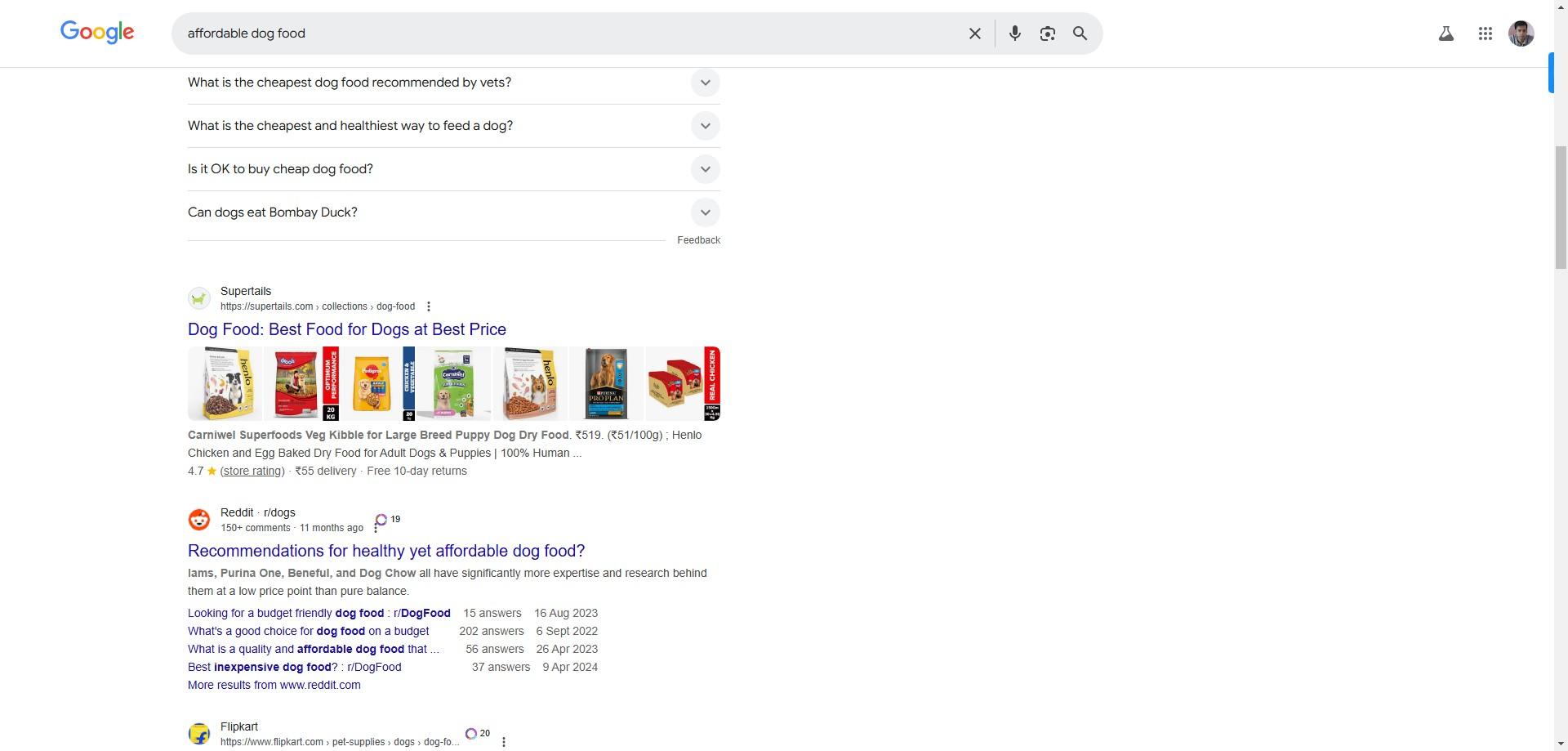
For meta descriptions, Google doesn’t consider them yet.
But users can read the description when deciding what to click on and it stands a good chance to send you more clicks.
Here are tips for meta optimization.
- Capitalize your meta description length at 105 characters but it minimizes Google’s oods of truncating it in search results.
- Make each page’s meta description unique.
- Use free shipping or discounts
- Include target keyword
You can use Semrush’s on-page SEO checker to discover whether title tags and meta descriptions are optimized.
This helps you follow SEO best practices.
Optimize Your Product Pages with the On Page SEO Checker
Create an SEO-Friendly URL Structure
Google displays URLs in search results to show users where to go when they click on a page.
Google can use words in the URL as ranking factors.
Here are best practices:
- Keep the urls short and descriptive
- Use hyphens to separate words and not underscores
- Use lower case text
- Don’t use dates in URLs
- Include the primary keyword naturally
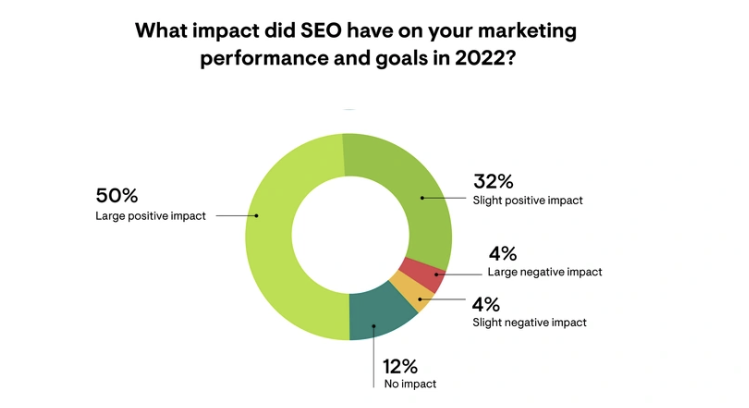
Optimize Your Product Images
Optimizing your product images can help you rank higher in image search.
This send more traffic and improves brand awareness.
How to optimize images?
Name them right.
File names tell Google about the subject matter to Google.
Dietary dog food is better than a series of numbers.
Alt tags are brief descriptions of what the image portrays.
Alt text improves accessibility/ Screen readers can read it aloud so visually impaired so they can still understand image.
And third, ensure you use compressed images.
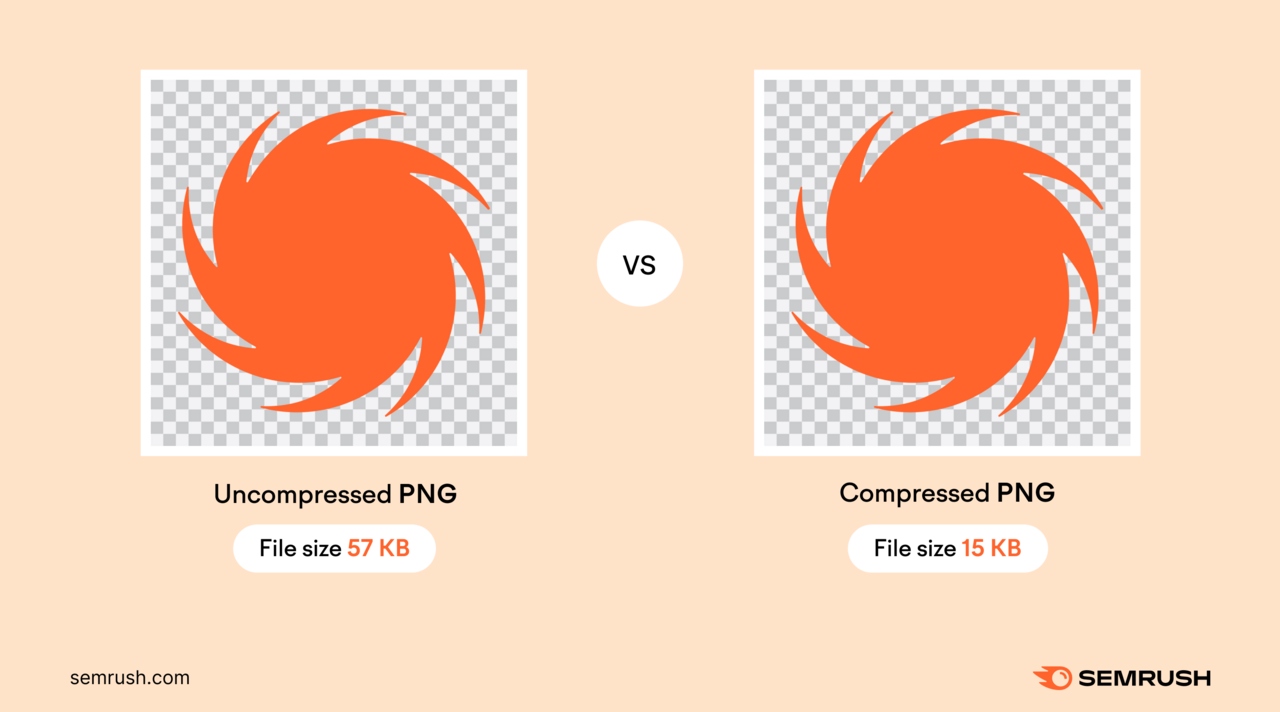
Use SHortpixel to compress these images well before using them on your site.
Include Unique Content on Each Page
Having unique content on every page increases the odds of you appearing on the SERPs for relevant queries. And it reduces the odds of duplicate content too.
But if your site has thousands of products, writing unique content for each one isn’t going to be easy.
So here’s a template you can use.
- Product name: Use specific product name like pedigree complete nutrition to grilled steak.
- Product description: Write a short 50 to 100-word description of features and benefits.
- Features: List specific features of the product’s nutritional factors. Don’t list same generic features across the spectrum.
- Longer description: Provide a more detailed paragraph summarizing the product and key USPS.
There are also cases where duplicate content cannot be avoided such as with different versions of the pages in different languages catering to different regions.
This is common for larger ecommerce sites.
Use hreflang tags to tell Google which version is relevant.
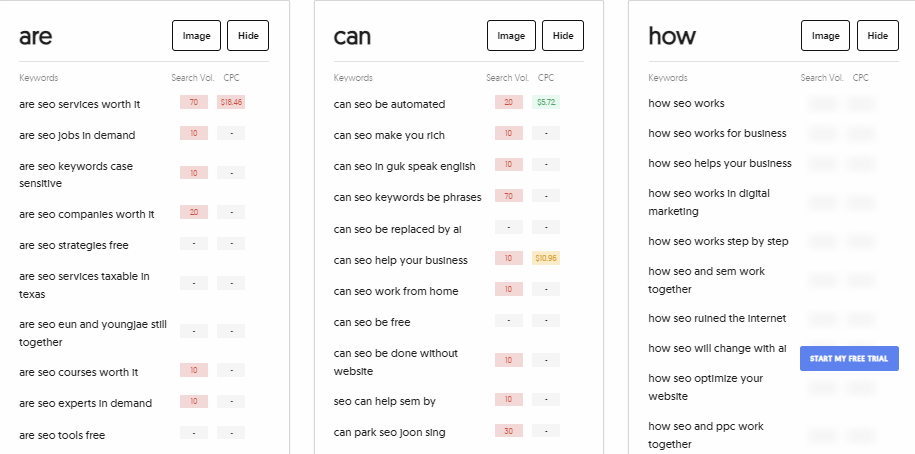
Focus on Internal Linking
Internal linking involves linking to other pages on your sit.e
When done correctly this boosts SEO. When internal links distribute authority you rank better.
How do you implement a solid internal linking strategy?
One of the easiest ways is by showing related products at the end of each page like Amazon does.
Like this:
But you can take it a step further and show items that go well with the product the user is looking at. Or items customers also purchase alongside that. 
Like Amazon does with their “Buy the Look” section: 
This requires more developmental effort and can create personalized experiences.
Add Schema Markup
Schema markup is a code designed to help Google understand the site better.
By adding schema to your page’s HTML you can increase chances of pages getting rich snippets in search results.
Rich snippets display more information like ratings, reviews and pricing.
This boosts click through rates.
This is useful for ecommerce sites. There’s the product markup which is most useful.
<script type=”application/ld+json”>
{
“@context”: “https://schema.org/”,
“@type”: “Product”,
“name”: “Premium Dog Food”,
“image”: “https://example.com/photos/4×3/photo.jpg”,
“brand”: {
“@type”: “Brand”,
“name”: “Your Online Store”
},
“offers”: {
“@type”: “Offer”,
“url”: “”,
“priceCurrency”: “USD”,
“price”: “99”,
“availability”: “https://schema.org/InStock”,
“itemCondition”: “https://schema.org/NewCondition”
},
“aggregateRating”: {
“@type”: “AggregateRating”,
“ratingValue”: “4.2”
}
}
</script>
There are many markup generator tools and Schema markup validator to ensure you implement this right. 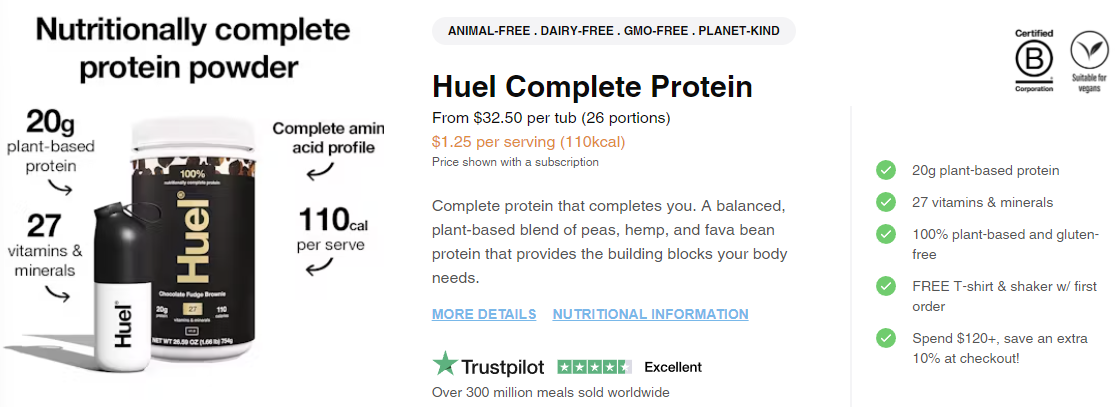
4. Leverage Content Marketing
Content marketing involves videos blog posts, and newsletters to promote your brand.
This helps the Site’s SEO by
- Bringing in targeted traffic
- Generate links
- Builidng a brand
- Provide value to customers
To implement a strong content strategy consider the sales funnel

Create BoFu Posts
Bottom-of-the-funnel (BoFu) blog posts target customers at the lower end of the marketing funnel.
These customers are close to decision-making. So capturing them with the right piece of content should cause conversions.
BoFu blog posts include:
- Product comparisons
- Compilation posts (Affordable Dog Food”)
- Customer stories and reviews
Chewy for instance listed best Halloween dog costumes on its site for customers to buy.




